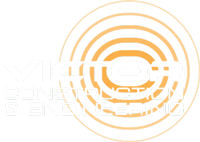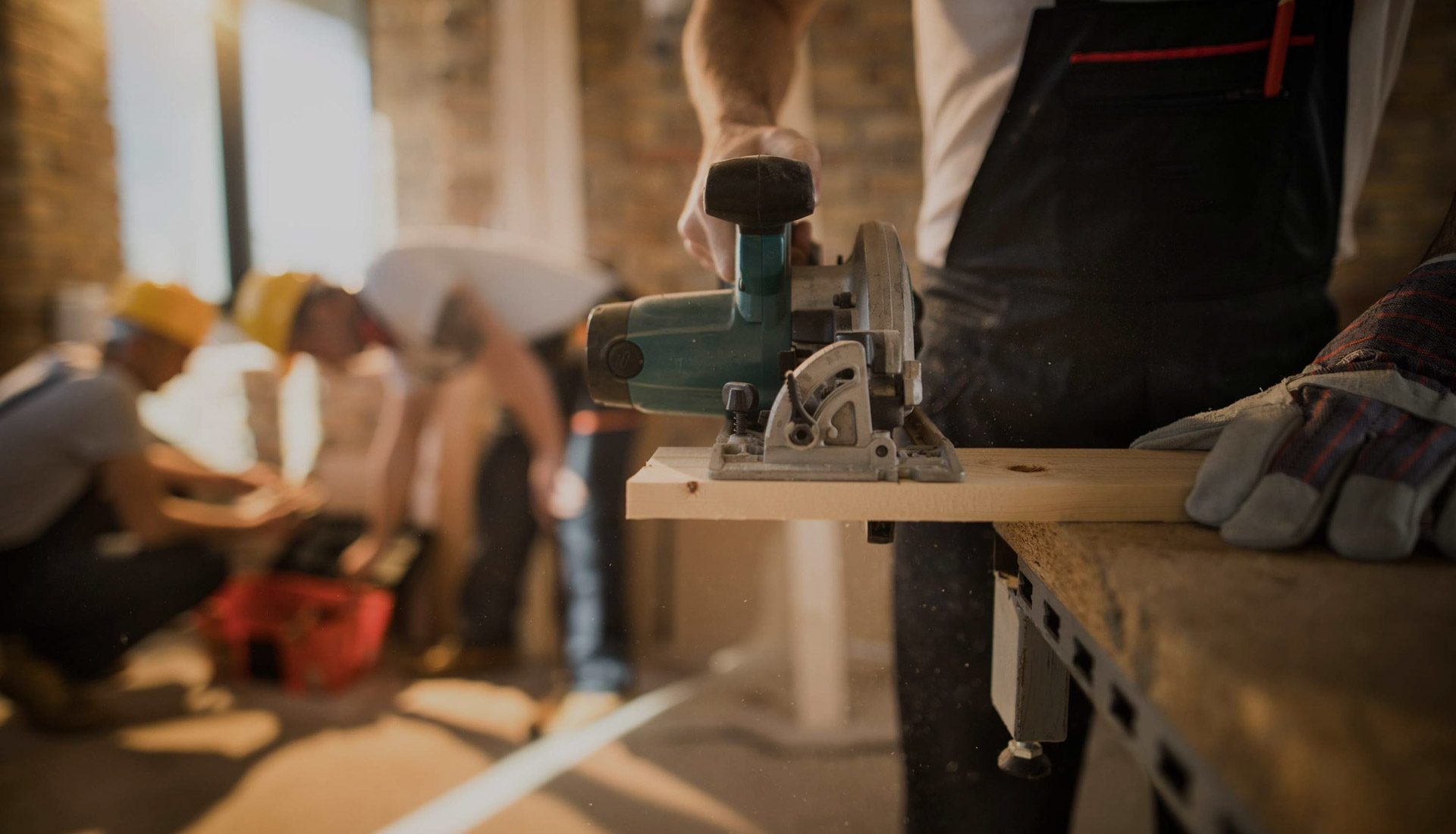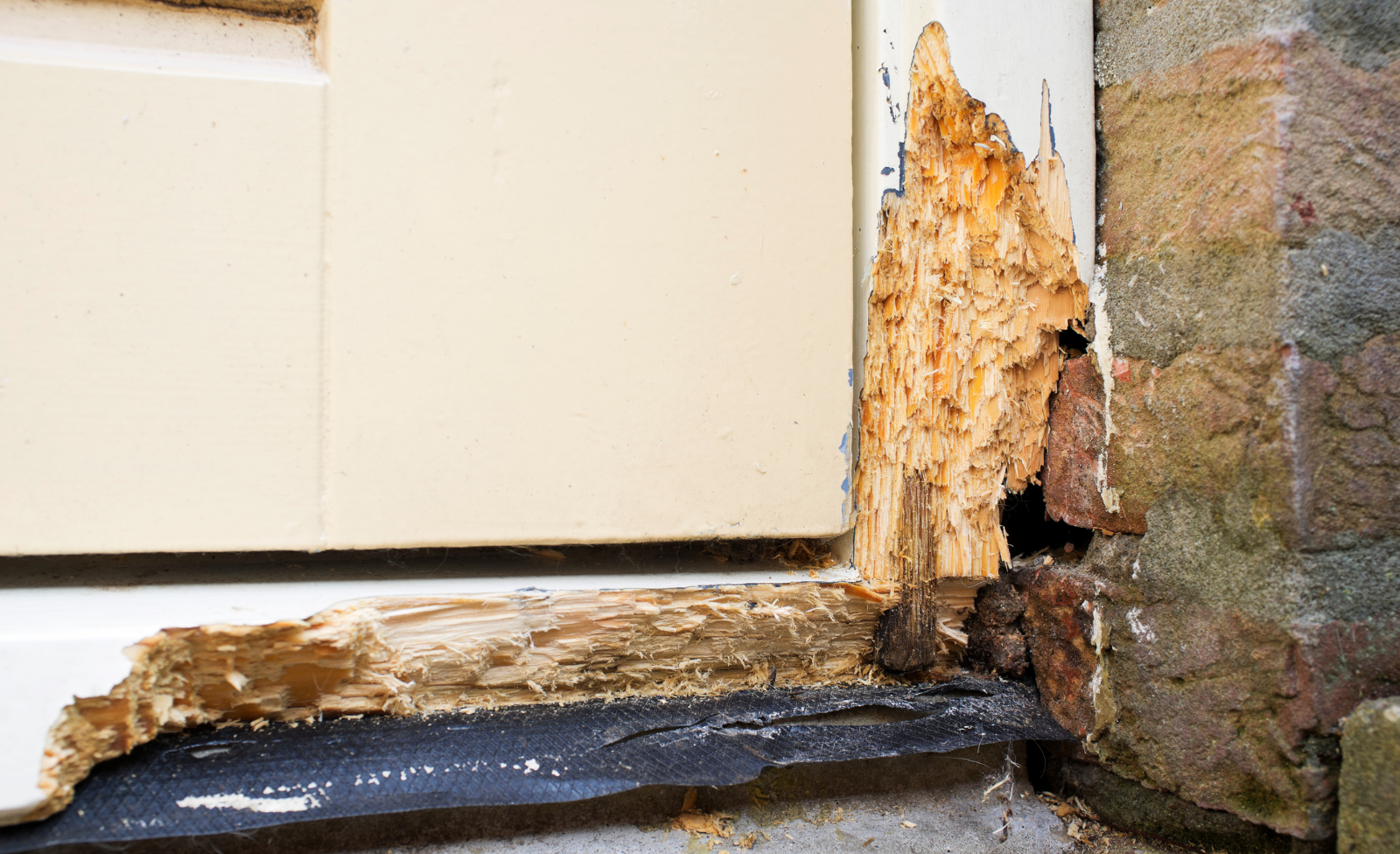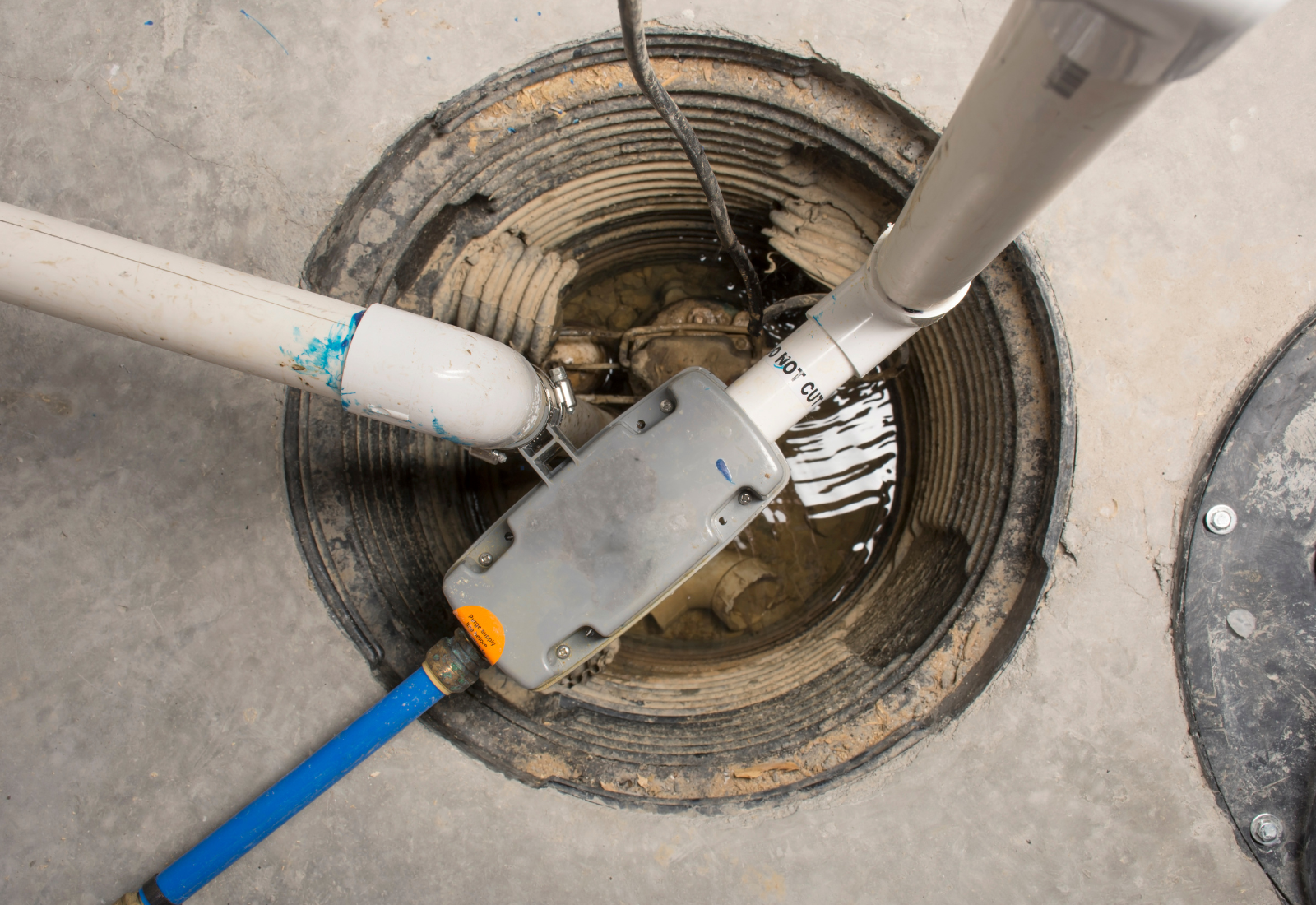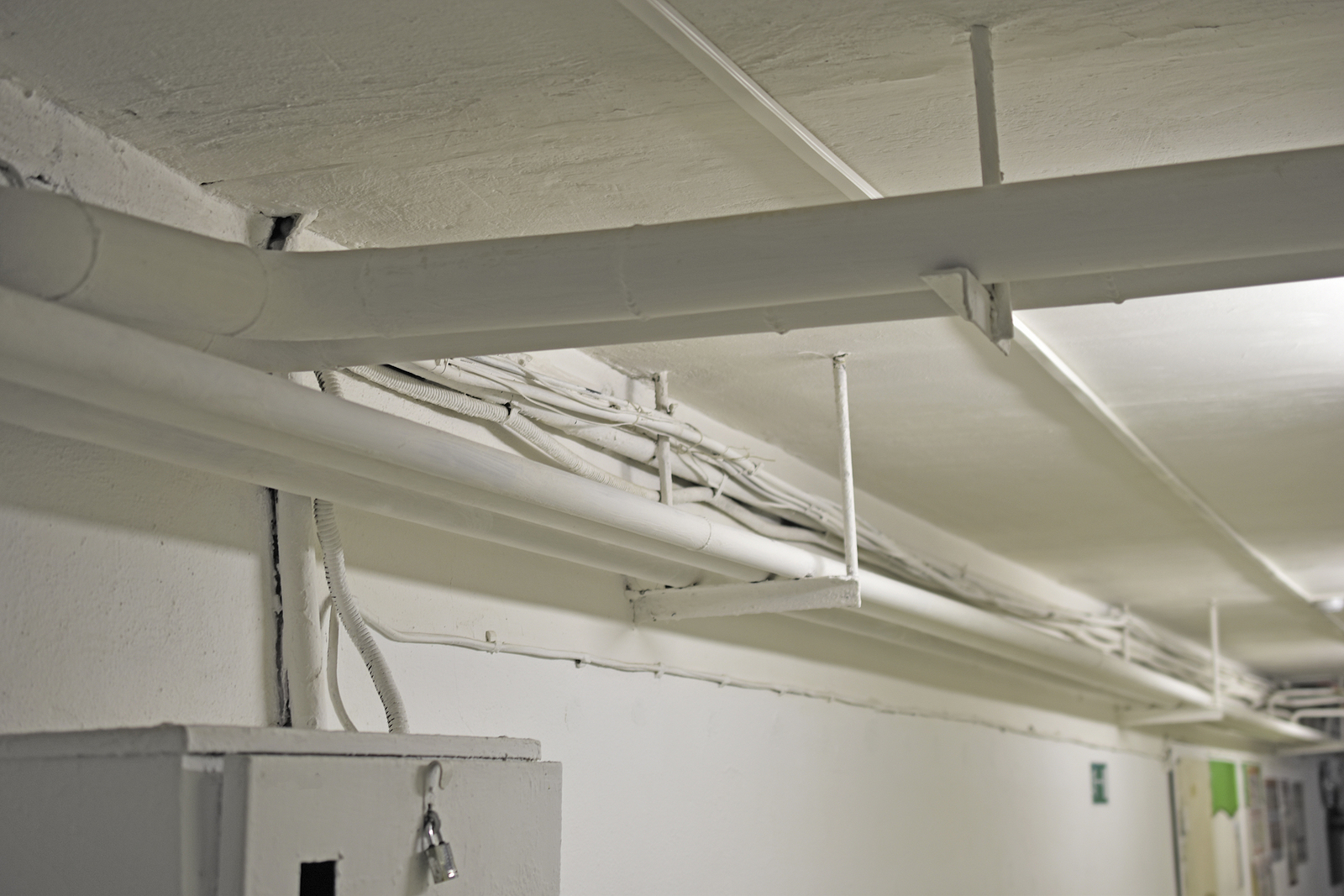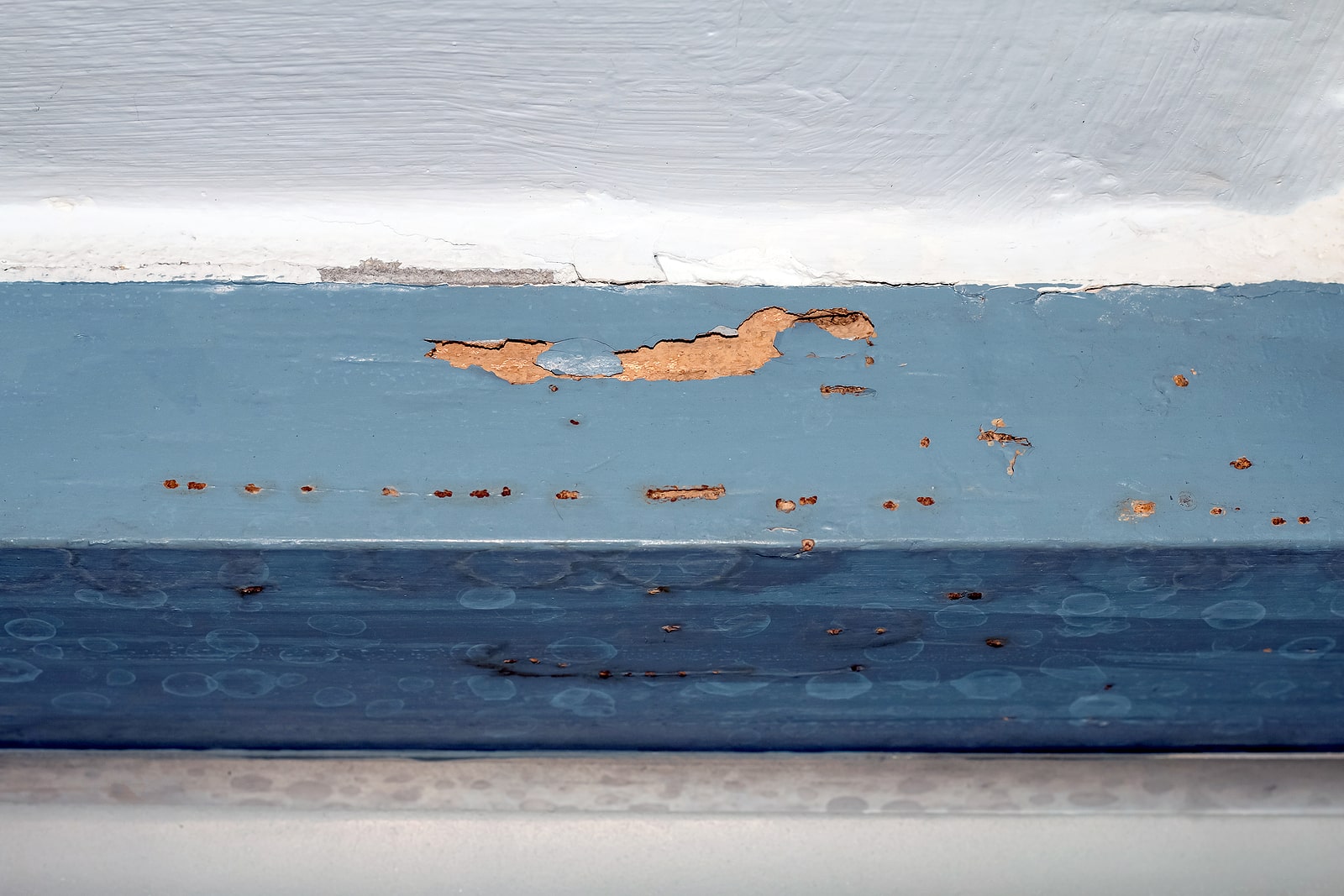
Dry Rot vs. Termite Damage: How to Spot the Difference
There are many potential sources of wood damage around a home or commercial building. Water can cause an array of issues that can lead to structural instability, including dry rot. In San Francisco, dry rot is a constant hazard due to climate and a range of other factors. These are common issues that often have numerous symptoms, like strange, damp odors and white, wispy mold.
However, property owners may be less familiar with another culprit: termites. Both termites and dry rot can cause serious, costly damage to any building quickly, especially left unaddressed. Read on for some tips on how to spot the difference between dry rot vs. termite damage.
Termite Damage
Termites are small pests that live in the soil surrounding a house or building. They feed on the cellulose in wood. They will eat anything that contains cellulose, including plants and cotton. If they are able to access the wood in your home through even the smallest of cracks, they will immediately begin eating away at the inside of the wood.
If you’ve noticed cracks in the wood components of your property, no matter how small, it is important to contact a local home repair service to take a look.
There are two major types of termites that damage wood:
- Drywood termites – These termites inhabit wood for long periods of time and quickly cause massive damage. They can go unnoticed for extensive periods as they can live off of moisture they produce.
- Subterranean termites – Moving through mud tubes that they create, these termites dig to the wooden structure on which they are feeding. They can then move back into the earth to live on moisture in the soil and continue to travel back and forth, causing severe damage and creating more nests.
Termites tend to live in wet wood, which is also a breeding ground for wood rot, making it difficult at times to know which issue you’re dealing with. Termite damage occurs on the inside of the wood, and the termites work their way to the outside.
Termite damage is caused by:
- Damp wood
- Cracks in walls and wood components
- Holes
- Issues with wooden foundations
Signs of Termite Damage
Termite damage can be hard to spot without the help of an expert. However, there are a few telltale signs of termite damage that set it apart from dry rot damage. These include:
- Wavy warping on the exterior of wood
- Hollowed out sections
- Speckling (similar to the pattern of a cork)
- Discolored drywall
- Peeling paint
- Pinpoint-sized holes
- Loosening tiles
- Blisters in wood flooring
- Mud tubes (appearing like brown veins)
- Swarms
- Sawdust-like termite droppings
- Buckling ceilings or walls
Dry Rot Damage
Unlike termite damage, dry rot damage starts on the outside of the wooden structure. Eventually, it works its way to the inside. Dry rot occurs when oxygen, moisture, and warmth are present on and around wood, allowing fungi to thrive. Dry rot spores can spread easily throughout a structure and begin to affect multiple wooden components fast. This can cause your property or home to become weakened and structurally unsound and can cost thousands to repair if allowed to progress. It is critical that you contact a local dry rot repair company as soon as you notice any signs of water damage or wood rot.
Dry rot damage is often caused by:
- Humidity
- Poor ventilation
- Standing water
- Leaks/cracks
Signs of Dry Rot Damage
Some common indicators of dry rot damage include:
- Crumbling, collapsing wood
- Unusual odor
- Visible fungus
- Decaying timber
- Deep cracks in the wood grain
- Orange or brown spore dust
- Grey or white strands
Contact the Best Dry Rot Repair Service in San Francisco
If you have noticed unusual cracking, odors, warping, or any other potential symptoms of an infestation issue, Victor Construction & Engineering can help. We offer comprehensive dry rot removal and repair in San Francisco and throughout Marin County. Fill out our contact form and a representative will be in touch, or call (415) 472-9144 to make a dry rot repair service appointment.
